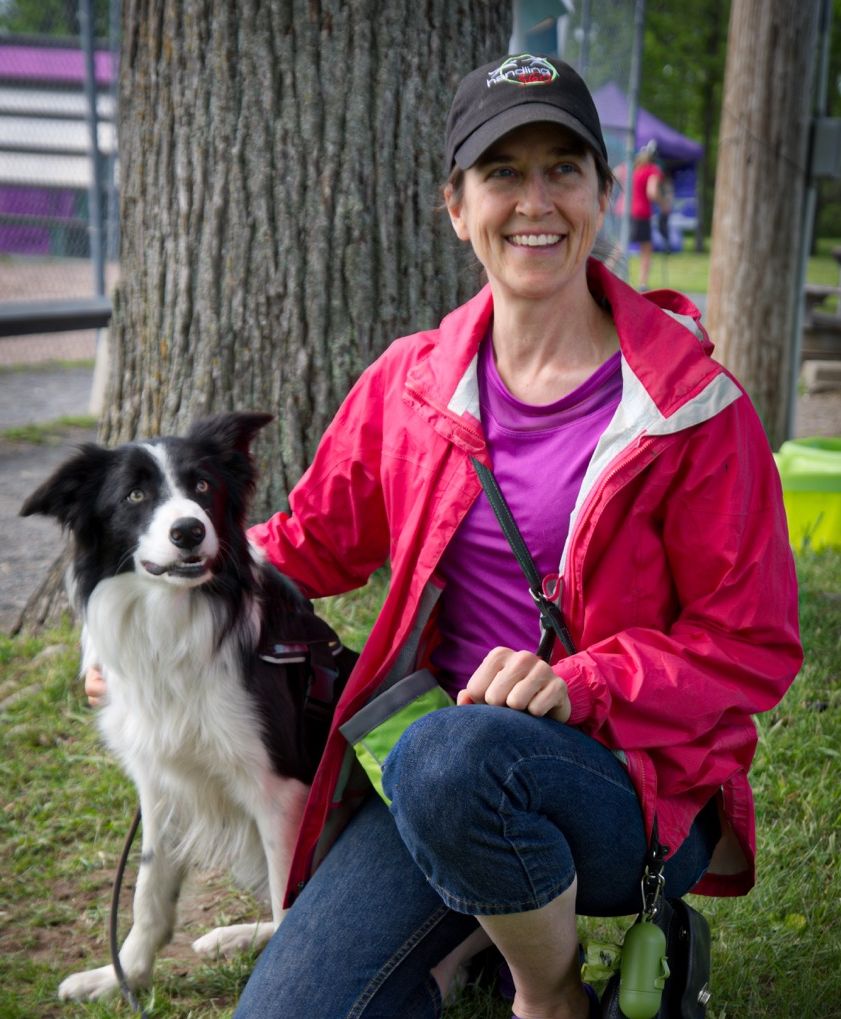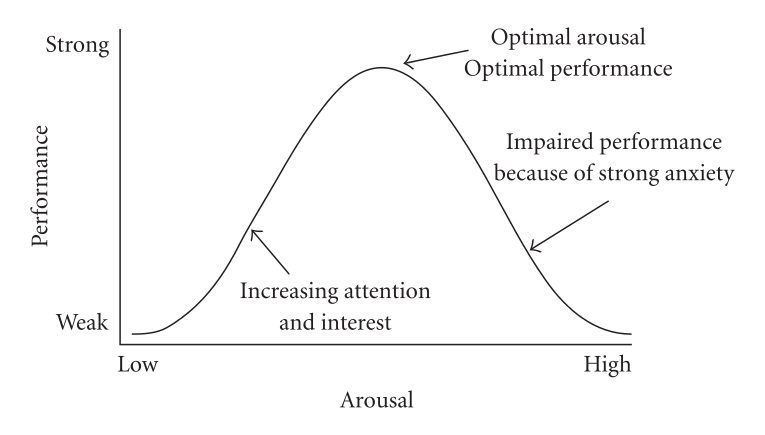Course Details
Optimal Arousal: Consent and the Working Dog is a six-week deep dive into understanding and working with arousal.
This course is about establishing and maintaining optimal arousal in training, work, and sport.
This class is critical for anyone who trains in dog sports, especially for those who work with intense, easily aroused, and/or easily shut down / sensitive dogs.
Why is achieving Optimal Arousal important? Ok, I’m going to get on my soap box for a moment:
We use way, way, WAY too much arousal in dog sports. And we need to stop it. Now. (*steps off soapbox*)
Having highly aroused dogs is counter productive to learning, detrimental to performance, and creates behaviour problems.
So, why is it so common in dog sports to use high levels of arousal in training? Because of the widespread but mistaken belief that dogs need high levels of arousal for speed. Which is simply not true.
Instead, what dogs need for Optimal Performance is Optimal Arousal, which comes from the tripartite approach of Understanding, Ability, and Confidence. When they have those three aspects of training in place, speed is a natural by product.
When we use arousal to get speed, we end up with dogs who:
1) Stress high: Bark, spin, fly off course, slow down, sniff, bite, make errors, play the clown, crash through jumps, leave their handlers, get the zoomies, bite sheep, lose their track, false alert, visit the judge, do spontaneous victory laps, and so on
2) Stress low: Lose enthusiasm, become slow, sticky, or anxious, struggle to learn, act apathetic or tired, or just simply quit.
If any of this sounds a little too familiar, come join me in Optimal Arousal!
A few more details:
Our dogs have strong desires to do the work and sport they were bred and/or trained for, yet many struggle with optimal learning and performance due to excessive arousal. At the same time, we need that arousal to get the job done!
Our task is to help our dogs achieve the mental sweet spot for learning and performance. The good news is, we can do this through training!
To move toward this optimal state, we will focus on clarity in our training as well deepening our understanding of arousal and the nervous system more generally. We will learn to read our dog's “tells” and create a plan to respond in real time to keep them ‘in the zone’ and working optimally.
There are two major factors that come into play in achieving our goal: Clairty and Consent.
1) Clarity comes from developing a deep understanding of how dogs both learn and communicate, and then how we can use that understanding to explain to them, clearly, what it is that we want them to do.
To improve clarity, in this class we will work at both the theoretical and the practical ends of the teaching / learning spectrum:
Theoretical includes: Doing a deep dive into understanding the nervous system and arousal
Practical involves: Honing our mechanics, timing, and ability to see and understand what's going on.
Implementing the above will allow us to much more clearly communicate to our dogs what it is that we are asking them to do, and why. This clarity, in turn, will help them stay optimally aroused so that they can perform their job with confidence and enthusiasm!
2) Consent is critical for ensuring an engaged, willing partner, and asking our dogs for their consent in training and work will go a long way towards achieving the mental state we seek.
There are two critical questions we must ask our dog:
With the "Stress Low" dog, we will typically ask "Do you want to do this?", while the "Stress High" dog more frequently needs to be asked "CAN you do this?".
This class will teach you how to do both, how to know which question to ask, how to understand the answer, and what to do in response.
This course will provide you with practical exercises and a clear roadmap for achieving Optimal Arousal in your sport of choice. Gold and Silver students will work with me, using this foundation, to create a tailored plan for their unique dog and working situation.
Teaching Approach
This class is taught using a primarily lecture format, with short videos to illustrate the exercises. The class is heavy on theory, but is balanced with practical, easy-to-implement exercises you can work on in a small space. Lectures are typically released one or two at a time, to give you time to work on each step. My feedback is mostly written, but occasionally (where appropriate and helpful) I will respond with a video.
This class will have a Teacher's Assistant (TA) available in the Facebook study group to help the Bronze and Silver students. Directions for joining that Facebook group are provided in the classroom welcome threads, which you will access after you register.
 Instructor: Helene Lawler
Instructor: Helene LawlerHélène Lawler (she/her) got her first dog, a border collie named Jake, in 1989 and has been training dogs ever since. Over the years, she has trained in obedience, search and rescue, protection sports, rally, tricks, and freestyle, among others. She discovered agility in 2004, and herding in 2005, which have become her main focus and passion in dog sports. (Click here for full bio and to view Hélène's upcoming courses)



